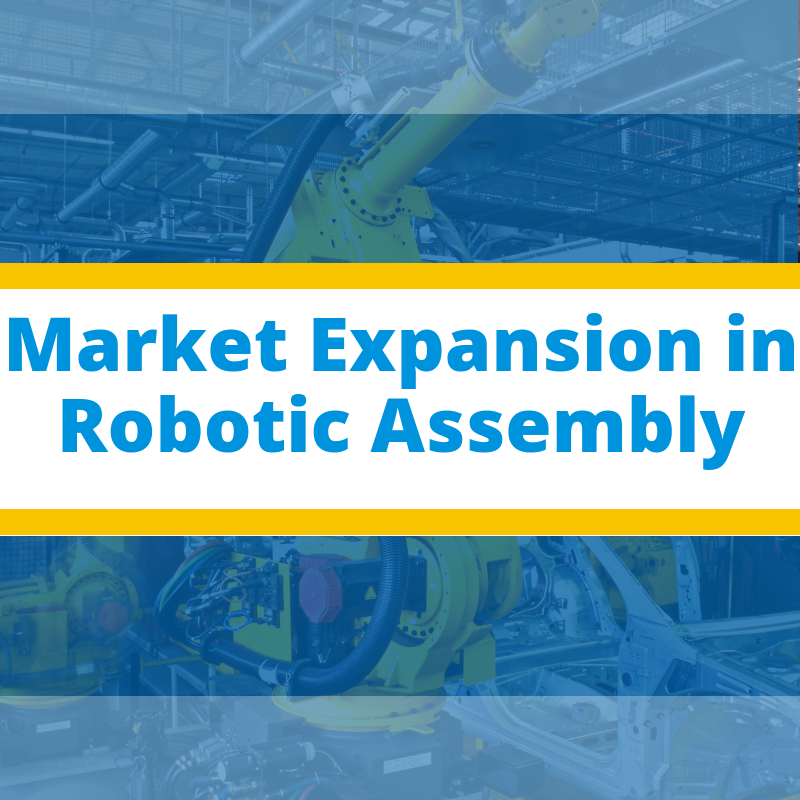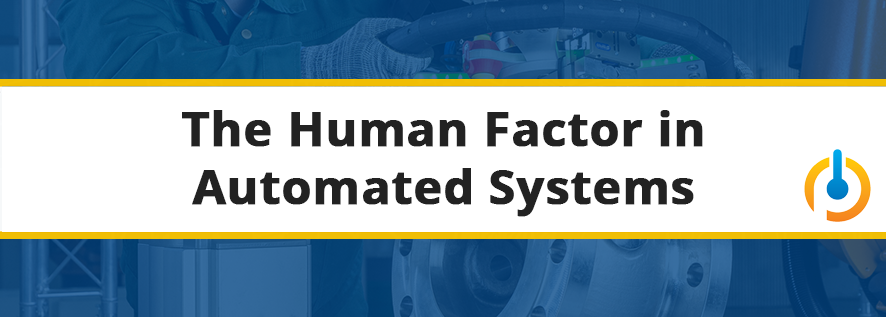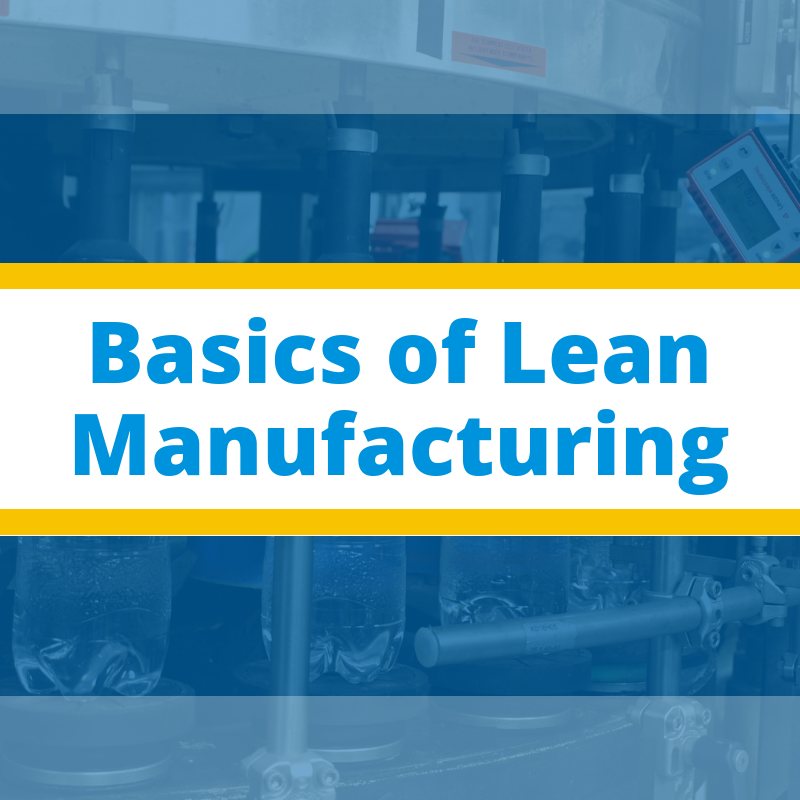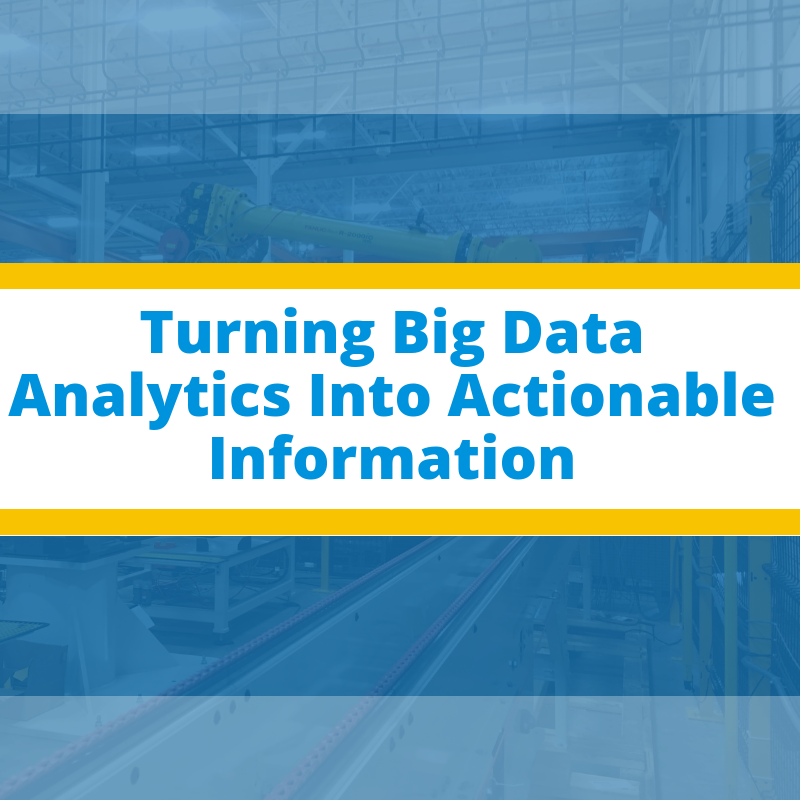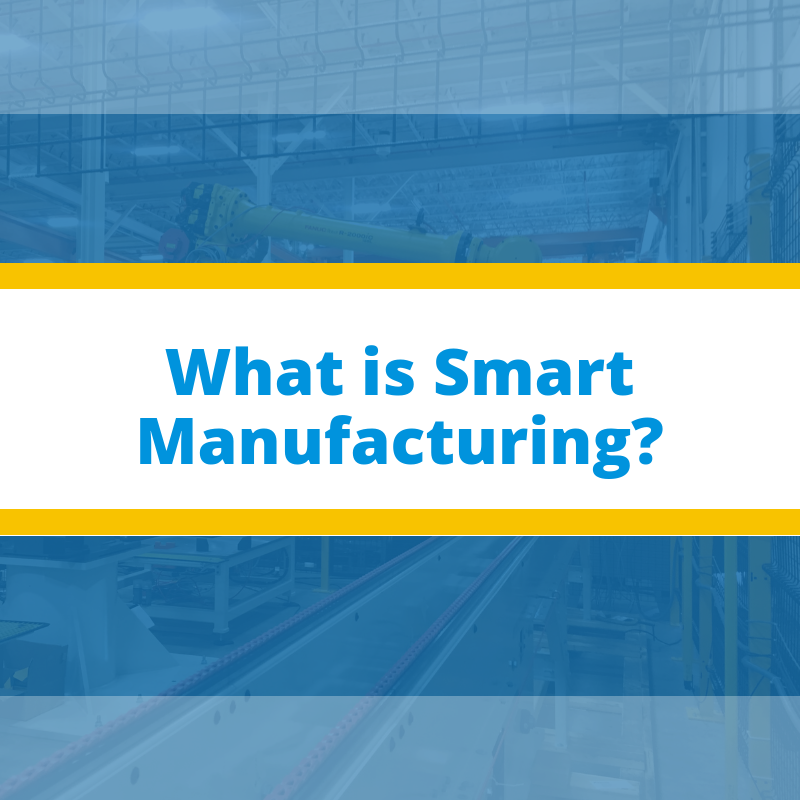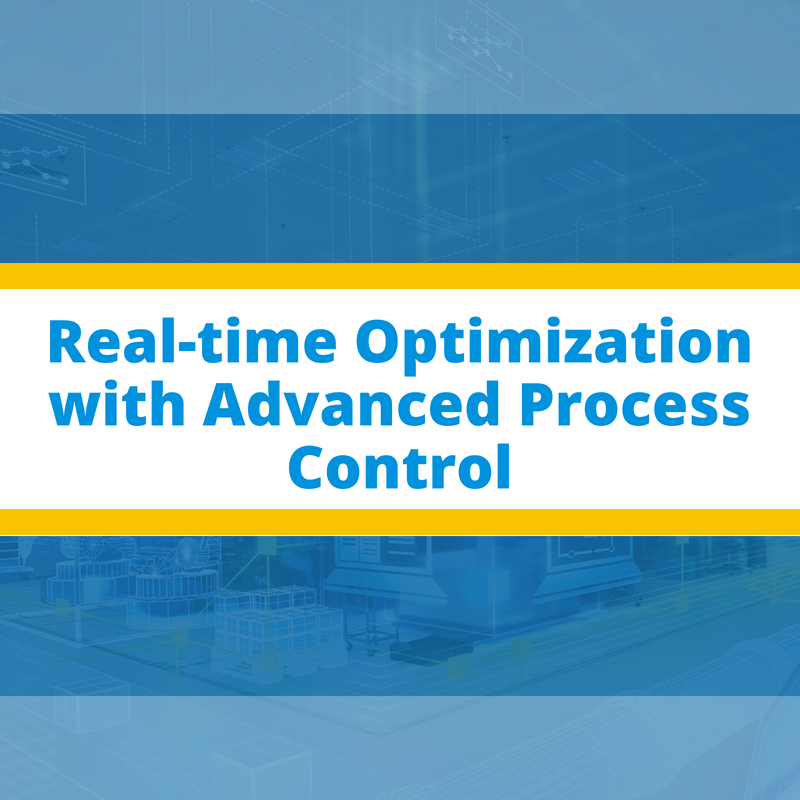The idea of Industry 5.0 may be premature to many since we haven’t even seen Industry 4.0 implementations in their true sense. Nevertheless, it's closer than one might think.
As a setpoint, Industry 4.0 is defined as the use of technologies such as Artificial Intelligence (AI), Machine Learning, Big Data, connectivity, and so on to bring intelligence and automation to manufacturing. This might be the extent of what might think future industrial systems may look like. However, there’s always room for improvement.




